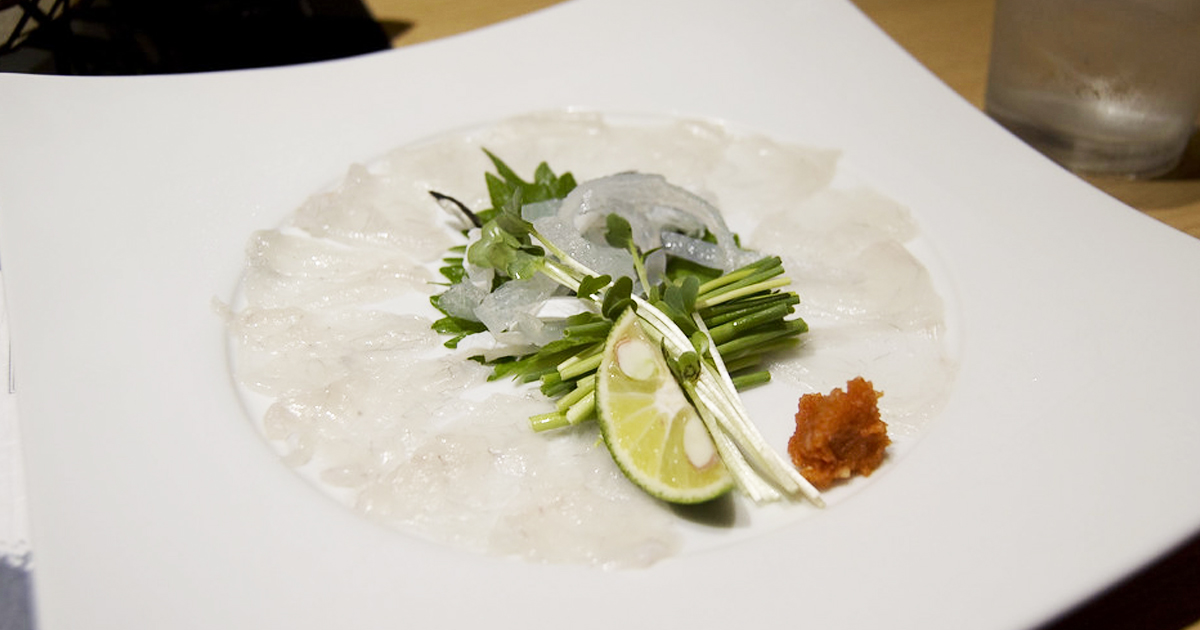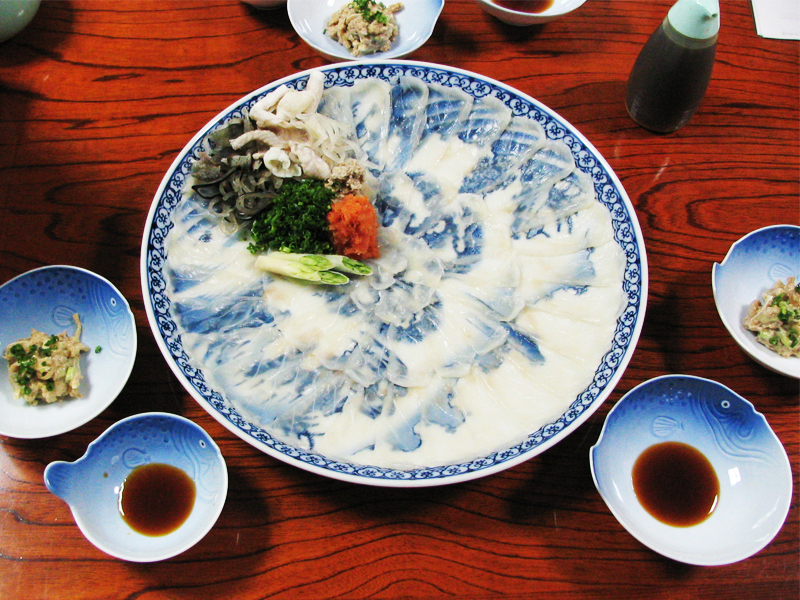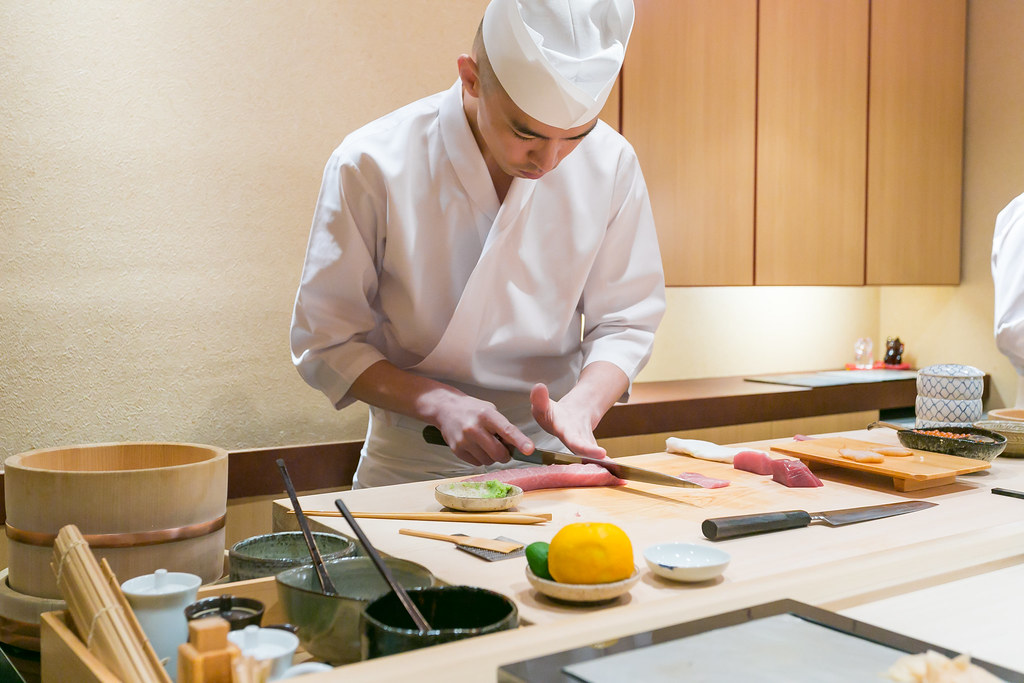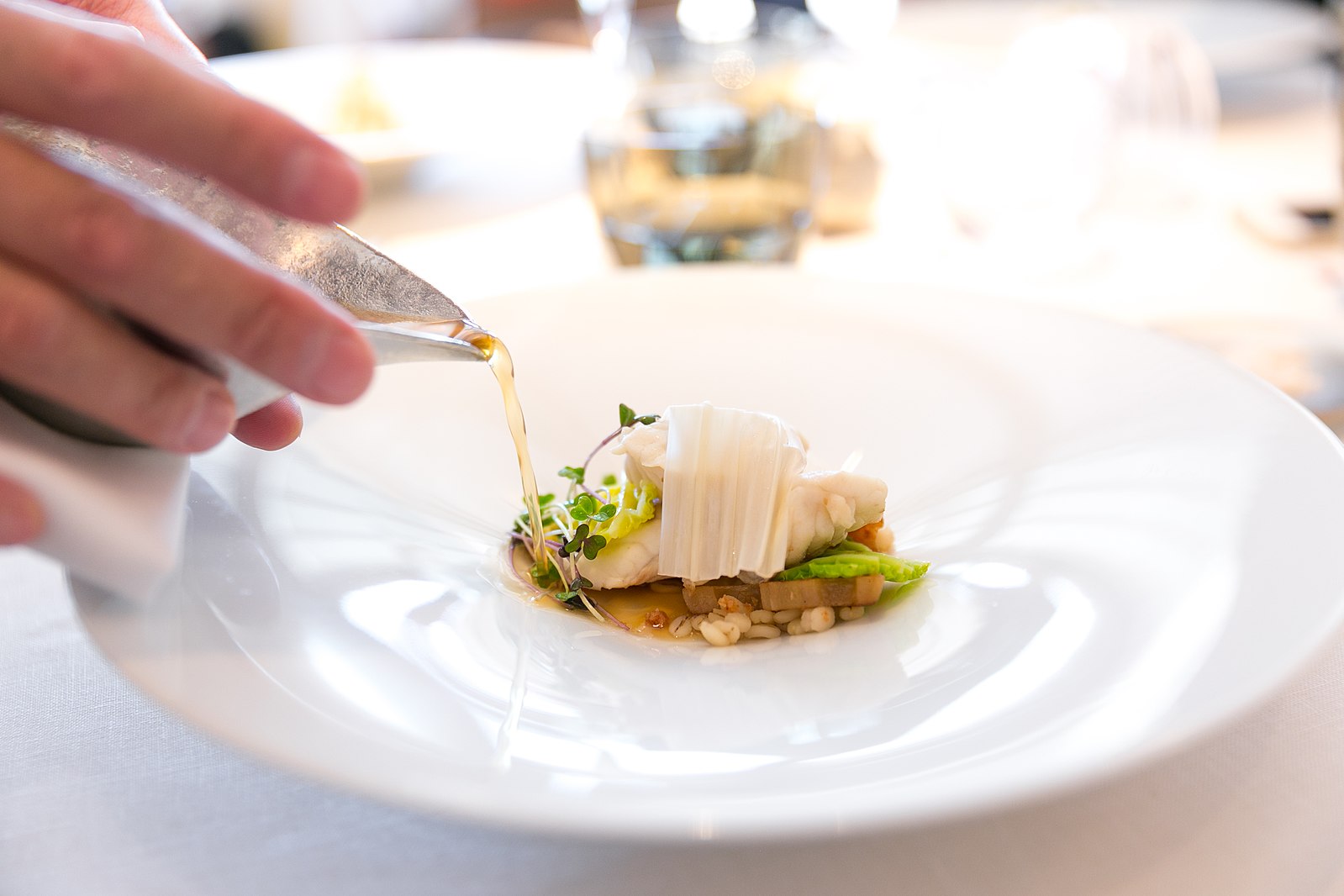When it comes to Japanese food, none is as rare as fugu, or pufferfish. It's not your average dish—on the contrary, it's known as one of the most deadly dishes in the world, yet it is served as a delicacy in Japan. Despite its appealing flavor, improper preparation of fugu can be fatal.
Why is fugu so dangerous?
The danger of fugu lies in a single chemical contained within it. It carries a powerful poison known as tetrodotoxin, which is present in different parts of the pufferfish like the liver, ovaries, and skin. This toxin is over a thousand times more lethal than cyanide, with even a tiny dose able to cause muscle paralysis. The potential result is respiratory failure or even death.
Although fugu is risky, it continues to be highly sought after in Japan. Only trained chefs who undergo strict training and certification are allowed to prepare it. They must perfectly remove the toxic parts of the fish while keeping the edible flesh intact, and this requires a high level of preciseness to eliminate any traces of tetrodotoxin.
A 50/50 chance of survival
Unfortunately, accidents still happen every year. There are instances where individuals become very sick or lose their lives due to consuming inadequately cooked fugu. Occasionally, inexperienced cooks try to prepare fugu at home without the required skills, resulting in tragic outcomes.
This, however, doesn't stop people from eating fugu—for some, it's the excitement of trying something risky that keeps them interested in trying it. Others are drawn to its distinct taste and texture, which is often described as unmatched by any other seafood.
Not for the faint of heart
Whether the risk is worth it is another story. Such is an individual decision that one must make with extreme caution. To put one's life on the line for a single meal might be extreme, but for some, it's just another thrill to seek.
Recently, there have been attempts to create safer options for traditional fugu meals. Scientists are investigating techniques to eliminate or neutralize the poison, aiming to make fugu consumption safer. These advancements may lead to new culinary opportunities and lower the dangers of eating fugu.










